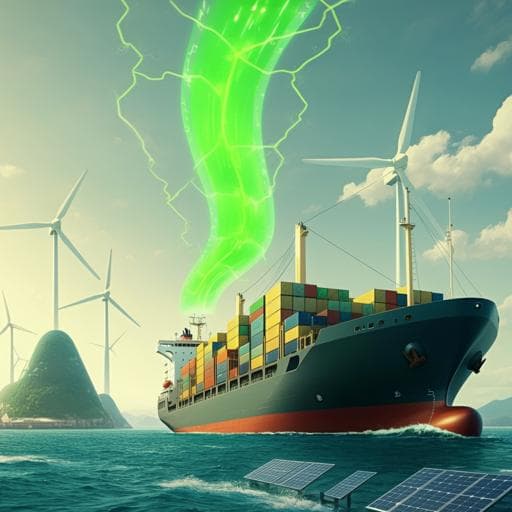
Engineering and Technology
A Prompt Decarbonization Pathway for Shipping: Green Hydrogen, Ammonia, and Methanol Production and Utilization in Marine Engines
J. Shi, Y. Zhu, et al.
Dive into the future of shipping with cutting-edge research by Jie Shi, Yuanqing Zhu, Yongming Feng, Jun Yang, and Chong Xia. This study explores the intriguing realm of green fuels such as hydrogen and ammonia, evaluating their promising yet challenging pathways to decarbonization in the shipping industry.
~3 min • Beginner • English
Related Publications
Explore these studies to deepen your understanding of the subject.







